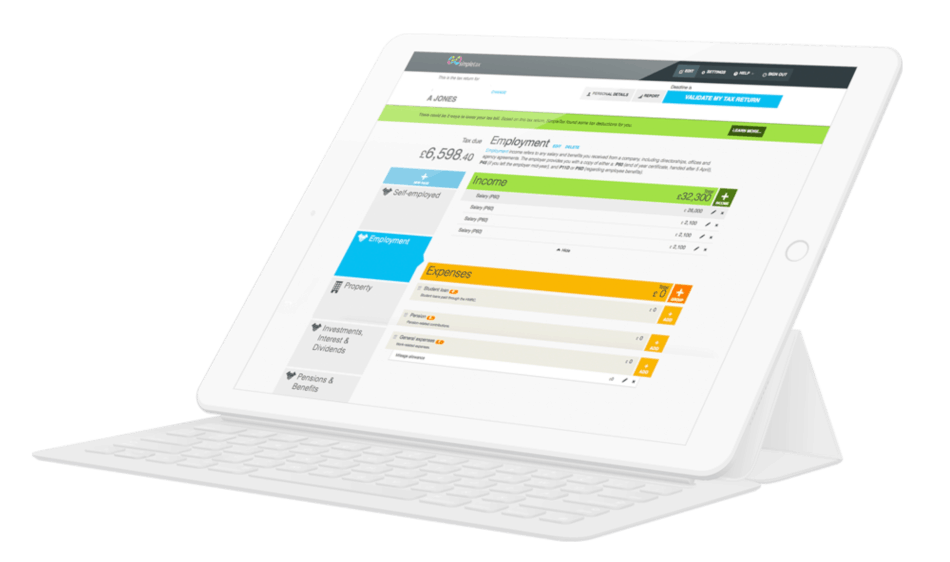What The Changes In Late Payment Penalties Mean For Taxpayers
If you don’t pay owed tax on time, you’re likely to receive a penalty from HMRC. Now, the old penalty system is set to be swapped for a new one. The draft legislation for the Finance…
5 Minute Read
Last Updated: 5th March 2024
If you don’t pay owed tax on time, you’re likely to receive a penalty from HMRC. Now, the old penalty system is set to be swapped for a new one. The draft legislation for the Finance Bill 2019 confirmed the alterations to the process, including the introduction of a penalty for overdue corporation tax.
We’ve briefly covered some of the Finance Bill’s laws in a previous blog – here, we delve deeper into the exact measures involved in the new penalty system.
How the penalty system works
Penalty points will occur in three different time periods, and apply to late payments of corporation tax, income tax, capital gains tax, and VAT.
If you don’t submit a tax payment on time, but it’s fully paid within 15 days of the due date, then you won’t receive a penalty. You might also escape a forfeit if you propose a ‘time to pay agreement’ to HMRC during this period.
After 15 days, if neither of these steps have been taken, yet you pay the full tax amount between 16 and 30 days after the due date, then a penalty will be issued. This will be equal to half the applicable percentage of the owed tax. The same penalty will also take effect if a time to pay agreement is put forward to HMRC in this time.
Once 30 days have passed, the penalty will mount up to the applicable percentage, unless a time to pay agreement is in place. Failure to meet any time to pay agreements will cause the full penalty to be due. You can also appeal against a penalty, providing you have what is considered a ‘reasonable’ excuse.
When will it come into effect?
There’s been no confirmed date for the measures, but it’s likely that they will be phased in, starting with VAT from the 1st April 2020. Whilst this does give some time to prepare, considering additional changes to tax, specifically Making Tax Digital (MTD), the Low Incomes Tax Reform Group (LITRG) has called for changes to the model.
They believe that the new penalty point system will be easier to understand for the most part, but the different time periods could potentially cause confusion. They have suggested a single, more straightforward 30-day period.
In addition, LITRG think getting used to MTD alongside the penalty point system will make it more difficult for taxpayers. They have put forward the idea of a ‘familiarisation period’, where the new penalty process would be deferred to allow time for the adjustments.
To make sure that those who are trying to pay tax fairly aren’t negatively impacted by the penalty point system, they have also recommended that guidance is accessible to taxpayers.
Keep on top of your finances with tax software
To avoid any potential penalties, ensure your tax affairs are in order. Make sure you’re paying what you owe with Self Assessment software, like GoSimpleTax.
It does the hard work for you, calculating your tax liability in real time. This means, even if you do have any trouble with your cash flow, you can prepare ahead. In addition, it offers tax-saving suggestions, so you can minimise the amount you pay.
Using tax return software will also help you get ahead on Making Tax Digital, ensuring there are no surprises when it finally comes into force.
Register for a trial, and experience GoSimpleTax today.
Blog content is for information purposes and over time may become outdated, although we do strive to keep it current. It's written to help you understand your Tax's and is not to be relied upon as professional accounting, tax and legal advice due to differences in everyone's circumstances. For additional help please contact our support team or HMRC.
How to keep track of your side hustle income and expenses
16 Apr 2024
12 things business partners should know about Self Assessment
15 Apr 2024
Everything you need to know about payments on account
31 Mar 2024
How GoSimpleTax Works
Register
Simply register for free with your full name and email address.
Select Your Income
Select the income you receive and follow the hints and tips for potential tax savings.
Validate Your Information
Validate your personal information and submit directly to HMRC to get confirmation in just seconds.

Work Anywhere, With Any Device
Gone are the days of fretting over a calculator surrounded by scraps of paper at the eleventh hour.
GoSimpleTax’s tax return software uses the information you upload in real time to calculate your income and expenditure, working out the tax you owe and sending you helpful notifications when there’s the possibility of a mistake.
"The software is intuitive and proved very easy to navigate. I found the whole process refreshingly simple. I saved a lot of money too!"
Steve J.
Ordained Presbyter
"Easy to use and value for money. Everything you need to do your tax."
Gordon J.
Self Employed
"It fills in all the forms and sends them to the Inland Revenue. Not expensive either. Takes the stress out of doing your tax return online."
Ross G.
Team Rector
